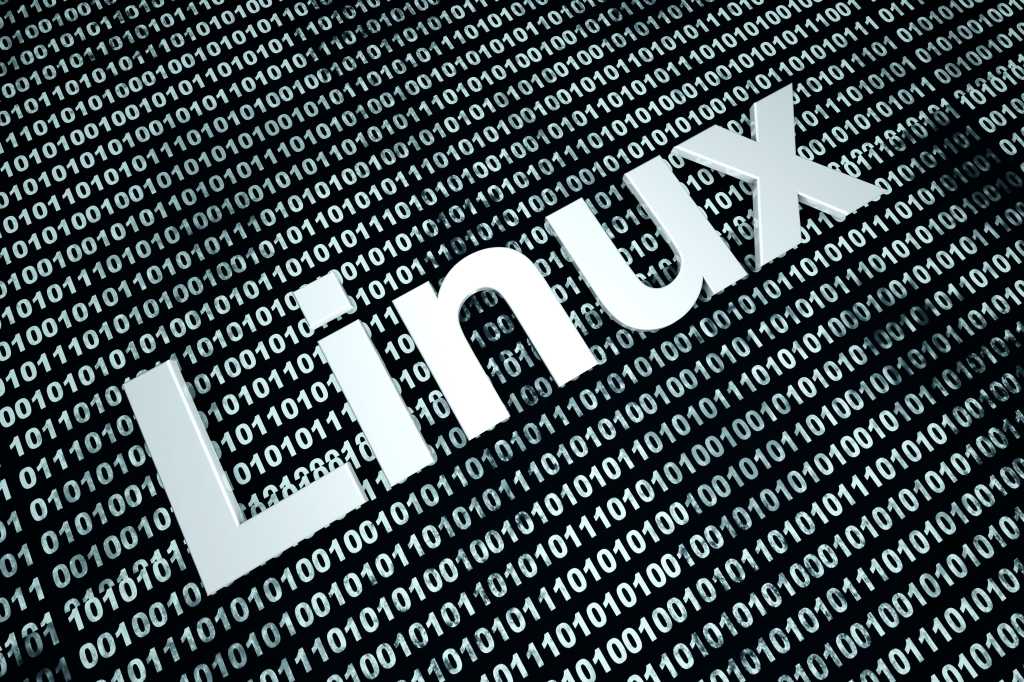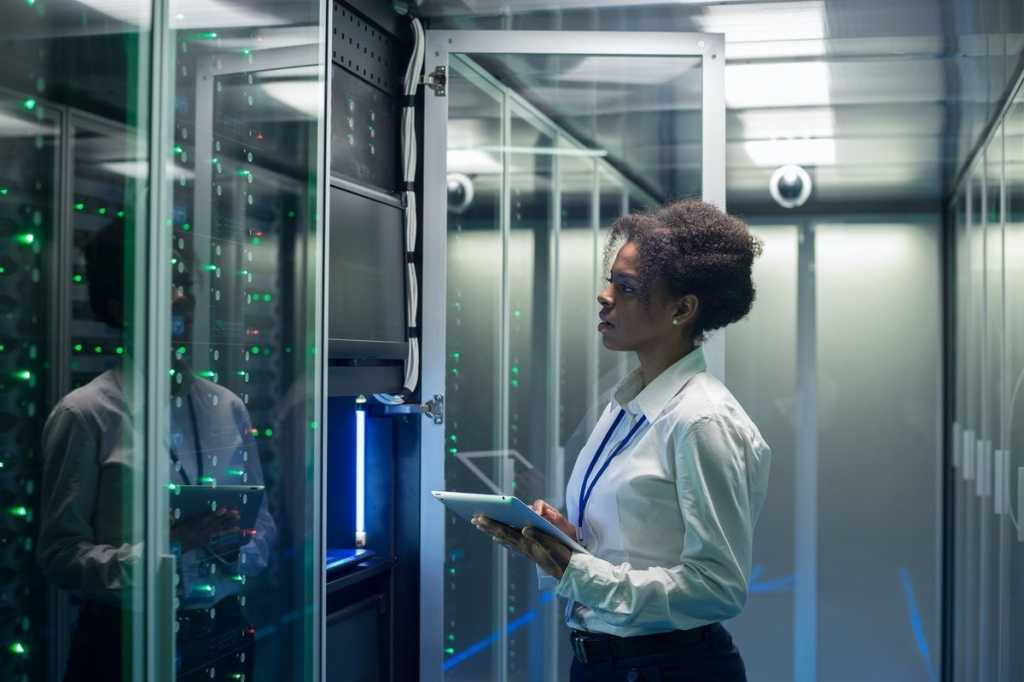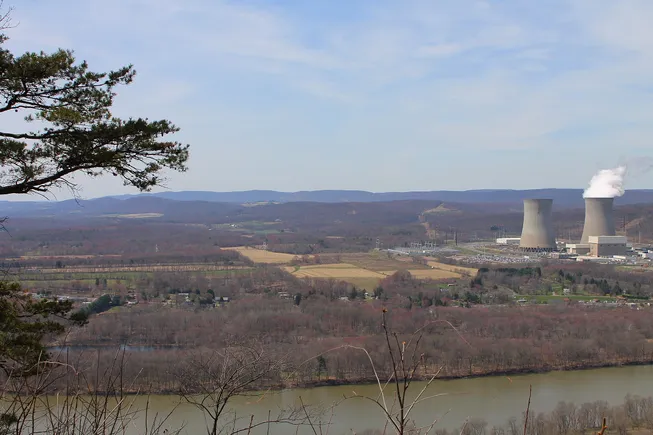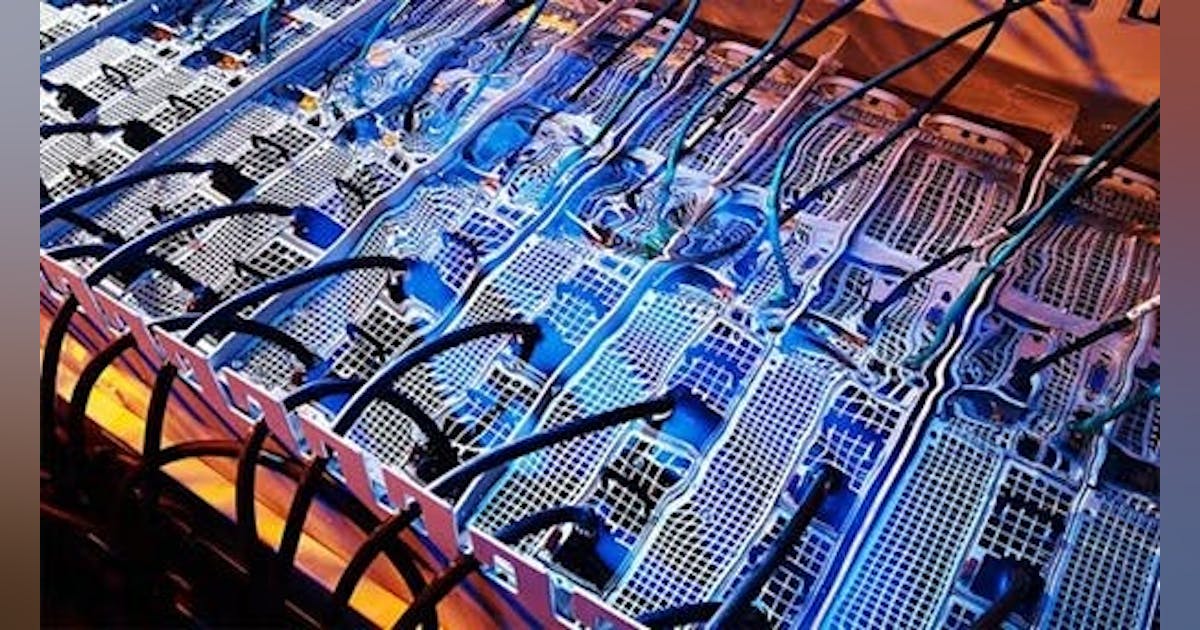
In a statement posted on its site on Wednesday, Norwegian oil and gas operator DNO ASA announced “an important oil and gas discovery in Northern North Sea license PL1182 S”.
The discovery was made in Paleocene injectite sandstones “of excellent reservoir quality”, the statement highlighted. Preliminary estimates of gross recoverable resources are “in the range of 39 to 75 million barrels of oil equivalent, with a mean of 55 million barrels of oil equivalent”, the statement pointed out.
DNO noted in the statement that the Kjøttkake exploration well encountered a 41 meter (134.5 foot) oil column and a nine meter 9 (29.5 foot) gas column. A sidetrack drilled horizontally 1,350 meters (4,429 feet) westwards along the reservoir in the Sotra Formation confirmed the presence of the oil column throughout the discovery, DNO added.
“We are on a hot streak in Norway,” DNO Executive Chairman Bijan Mossavar-Rahmani said in the statement.
“Our latest and most exciting discovery this year, Kjøttkake, is close to existing infrastructure in the Troll-Gjøa area, and we will be relentless in pursuing its commercialization,” Mossavar-Rahmani added.
DNO highlighted in the statement that Kjøttkake is the company’s tenth discovery since 2021 in the “Troll-Gjøa exploration and development hotspot”. This find follows the company’s Røver Nord, Kveikje, Ofelia, Røver Sør, Heisenberg, Carmen, Kyrre, Cuvette and Ringand discoveries, DNO pointed out in the statement.
DNO went on to note that it has also “racked up discoveries in other parts of the Norwegian Continental Shelf, including Norma (2023) and Othello (2024), both play-opening finds and both operated by DNO”.
DNO holds a 40 percent operated stake in PL1182 S, according to its statement, which outlined that its partners in the license comprise Aker BP ASA, with a 30 percent stake, Concedo AS, with a 15 percent interest, and Japex Norge AS, with another 15 percent stake.
At the time of writing, Aker BP and Japex Norge had made no mention of the discovery on their websites. Concedo published a part of DNO’s statement on its website on Wednesday.
DNO noted in its statement that, following its exploration success, it has stepped up purchases of producing assets to balance its Norwegian portfolio and help fund coming developments.
The company pointed out that in early March, it announced “the transformative acquisition of Sval Energi Group AS, which will increase North Sea 2P reserves from 48 million barrels of oil equivalent to 189 million barrels of oil equivalent post-closing and 2C resources from 144 million barrels of oil equivalent to 246 million barrels of oil equivalent (pro forma figures as of year-end 2024)”.
DNO said in the statement that the acquisition is expected to close by mid-year.
In a statement posted on its site earlier this month, DNO confirmed a gas/condensate discovery on the Mistral prospect in the Norwegian Sea license PL1119. The company highlighted in that statement that its wholly owned subsidiary DNO Norge AS recently acquired a 10 percent interest in the license.
The well encountered a 45 meter (147.6 foot) hydrocarbon column with good reservoir properties in the Garn Formation, DNO said in the statement, adding that preliminary estimates of gross recoverable resources encountered are in the range of 19-44 million barrels of oil equivalent.
“Located some 20 kilometers southwest of Equinor’s ongoing Lavrans subsea development, the Mistral discovery is a candidate for a fast-track tieback to this field,” DNO noted in the statement.
“Given the good reservoir properties, the discovery likely allows for simplified development solutions,” it added.
In this statement, DNO noted that, to diversify its exploration portfolio, it entered into the Mistral license through a swap agreement with OKEA announced on December 19, 2024. In exchange, OKEA picked up a 10 percent interest in North Sea license PL1109 containing the Horatio prospect, DNO added. The DNO-OKEA transaction is subject to government approval, DNO revealed in the statement.
In a statement posted on its site on December 17, DNO announced an oil and gas discovery on the Ringand prospect in the Norwegian North Sea license PL923/923B.
Preliminary estimates of gross recoverable resources are in the range of 2-13 million barrels of oil equivalent on a P90-P10 basis with a mean of 10 million barrels of oil equivalent, DNO said in that statement.
To contact the author, email [email protected]






















